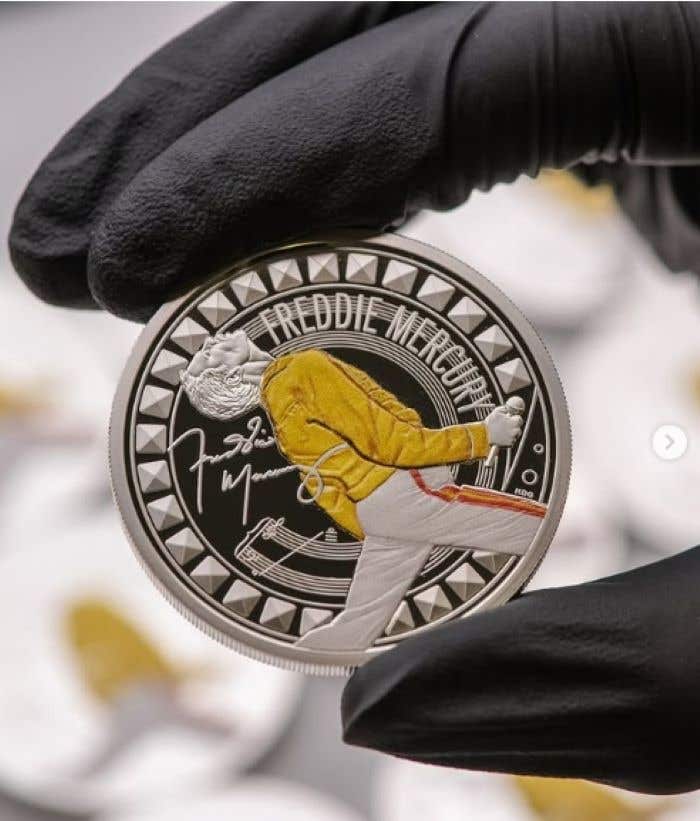Vintage Fisher-Price Toys
Powered by collectors and nostalgia, these classic toys are bringing big bucks and bigger memories.
Courtesy of eBay seller Vintage Baron Collectibles.
For generations of kids, the name Fisher-Price has been synonymous with childhood, and most of us have at least one of its toys sitting on the living room floor, waiting to trip a parent.
The toys’ sounds also formed an indelible soundtrack of playtime, whether it was the realistic “moo-oooo” when the barn doors of the Little People Play Family Farm were opened, the loud popping noises the colorful balls in the Corn Popper made when we pushed it, or the distinct chattering, ringing, and bell sounds of the googly-eyed Chatter Telephone.
Courtesy of Morphy Auctions.
With its knack for shrinking the world down to kid-size, Fisher-Price has produced thousands of classic toys over its 95-year history and continues to do so today, though it’s now owned by Mattel.
But it’s the vintage toys from the 1930s through the 1980s that collectors pursue for their charming designs and nostalgia. The early wooden pull toys, early wooden Little People, and iconic Little People playsets are among the most desirable pieces. These examples also command the highest prices on the secondary market, with some worth thousands of dollars.
Early Pull Toys
Herman Fisher, Irving Price, and Helen Schelle founded the premier infant and toddler toy brand in 1930 in East Aurora, New York. Their philosophy was that toys should do more than entertain—they should also spark imagination and survive rough handling.
That philosophy shaped the company’s earliest creations and established its playful visual identity: whimsical wooden pull-alongs decorated with colorful lithographed paper and simple mechanical actions like clicking, spinning, and wobbling.
The first sixteen toys debuted at the International Toy Fair in New York in 1931 to great acclaim for their durability, play value, and affordability. Made of Ponderosa pine, they included six pull toys, floor toys, a playset, pop-ups, and wind-ups.
Pull toys made in the 1930s and 1940s in various forms and styles, including animals, firetrucks, trains, and Disney characters, were integral parts of numerous childhoods and remain some of the most sought-after items. They also have high value. Prices typically fall between $100 and $1,000, but some examples can command much more, depending on condition and rarity.
One of the rarest is Pushcart Pete (#740) from 1936–1937, depicting a worker with a disgruntled expression as he pushes a red cart. Few are known to exist and are worth big bucks. In 2009, one fetched $9,200 at Morphy Auctions. Another one sold at the auction house for $2,040 in 2021, while another Pete sold on eBay in January 2025 for $1,495.
Other pull toys collectors covet are those featuring Walt Disney characters. Many of these sell between $100 and $800, but some command more and include:
• Donna and Donald Duck (#160), 1937. Both are dressed in traditional Mexican attire, and when the cord is pulled, Donald plays a tune on his xylophone while Donna dances. One of these sold at Morphy Auctions in 2024 for $4,920. Other examples have sold in the past few years between $540 and $4,750.
• Donald Duck Back-Up (#358), 1936. This scarce paper-on-wood toy has an angry-looking Donald pulling Minnie and Mickey in a cart. One of these sold at Morphy’s for $2,048 in 2024, while another example fetched $425 also in 2024 at Van Eaton Galleries.
• Walt Disney’s Easter Parade (#475), 1936–1938. This toy has five wooden cut-out figures of Donald Duck, Clara Duck, Big Bunny, Wee Bunny, and Little Bunny, with paper lithographs attached to the side and small wooden bead wheels. Two sold at Milestone Auctions in 2025: one for $2,340 in February, the other for $1,440 in June. Another example sold on eBay in 2023 for $4,150.
Collecting Tip: Toys from the 1930s and 1940s can be identified by their predominantly hardwood bases and colorful, glued-on lithographed paper graphics, often sealed with lacquer. Wheels are usually metal (sometimes tin) or wooden with metal axles. Early pull toys are also instantly recognizable for their charming but simple mechanics and solid weight. Disney toys are typically marked “Walt Disney Enterprises.”
Little People and Play Family Sets
Because they’ve been on the market for over 50 years, you’ve likely played with Fisher-Price’s Little People, scattering them across carpets and countertops or transporting them around in your pockets. The round, simple figures are toy box staples and one of the longest-running toy lines. According to the Fisher-Price Collector’s Club (fpclub.org), Little People up to 1989 are also the most collected, along with their Play Family sets.
Little People have roots in the early 1950s, when early figures with spherical heads and barrel bodies were the drivers in toy cars. But these couldn’t be played with since they were affixed to the vehicles until 1959, when Fisher-Price introduced the Safety School Bus (#983), a plastic bus with six removable passengers. The toy’s success inspired more with removable figures, including the Nifty Station Wagon (1960) and the Amusement Park (1963).
The seven original Little People (set #663), released in 1966, are made of wood and have names: Mom, Dad, boys Butch and Pee Wee, girls Patty and Penny, and Lucky the dog.
Loose figures in general from any set typically sell between $5 and $50 and sometimes more, depending on the character and if they are single or in groups. For instance, single Lucky dogs have sold for $50, while a set of the four-member family from the 1960 Nifty Station Wagon (mom, dad, baby, and a black dog) sold for $139 in 2024. A handful of mixed lots of between 100 to 600 Little People have sold over the last few months between $500 and $1,000.
Vintage Little People Play Family sets can also hold much value, especially when complete, as even a single missing piece can potentially reduce value by 20 to 30%. Nostalgia cycles can also affect value. Some standout sets sold in the last few years include:
• The Safety School Bus (#983), 1959. Complete sets have fetched between $165 and $700.
• Play Family Airport (#996), 1972. Equipped with an airplane, a helicopter, and luggage carts to transport bags and passengers, this is a sought-after set. Complete examples have sold between $200 and $1,000 for one in 2024, still factory sealed.
• Play Family Sesame Street (#938), 1975. This was the first licensed Little People set and is coveted by collectors. Duplicating the show’s brownstone building, kids could go on adventures with Big Bird and Bert and Ernie across their neighborhood. Complete sets have brought between $250 and $2,500 for a sealed example that sold in April 2025.
Collecting Tip: The shift to injection-molded plastics in the 1970s allowed brighter colors and more durable shapes, and Little People figures changed from wooden cylindrical pegs (pre-1969) to hollow plastic bodies with distinct facial expressions. In 1973, figures with plastic heads on wood bodies were introduced, and by 1975, they were all plastic. Some 1970s sets can include figures that are a mix of all-wood, plastic-and-wood, and all-plastic. Pre-1969 wooden Little People usually command premiums.
The cultural resonance of Fisher-Price toys is tied to their role in shaping playtime across generations. They appeal to collectors not only for their monetary value but also for the fond childhood memories they hold.
For more information on collecting Fisher-Price toys, visit the Fisher-Price Collectors Club at fpclub.org. There is also a substantial online archive of the toys at thisoldtoy.com, including production dates, set variants, and more.
You may also like:








